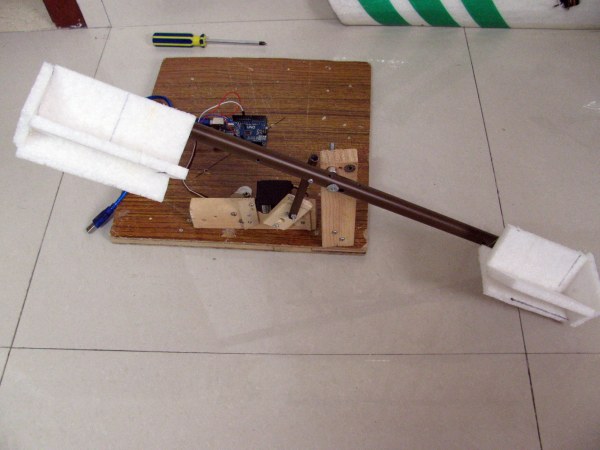[Robb] has had a little experience making lenses from scratch. His first attempt was for a DIY projector, and while the lens was a little blurry, it did work rather well for something carved out of a block of acrylic. Now he’s taking his experiments with lenses even further with DIY optics that turn everything into a funhouse mirror.
There were two techniques tested while making these lenses. The first was the old standby, CNC milling. A piece of acrylic was put in a CNC and carved with a 1/2″ ball mill. The second technique was 3D printing on a very fancy and very expensive Objet Connex 500. Neither of these methods produce a ready to use lens; to get a finished lens out of the machined or printed objects, [Robb] had to wet sand with 240, 320, 400, 600, 1000, 1500, and 2000 grit sandpaper. After a few hours worth of sanding, the parts were polished with a scratch remover.
Making a lens like this isn’t really that novel – it’s basically the same way lenses have been made for 500 years. The real trick here is making funhouse mirror style lenses. These lenses were created by raytracing in Rhino and Neon. It’s tricky; the index of refraction for acrylic is a little lower than glass, and the refraction for 3D photoresin is a bit higher than glass.
With those models in hand, it’s a relatively simple matter of making some very cool and very strange lenses.

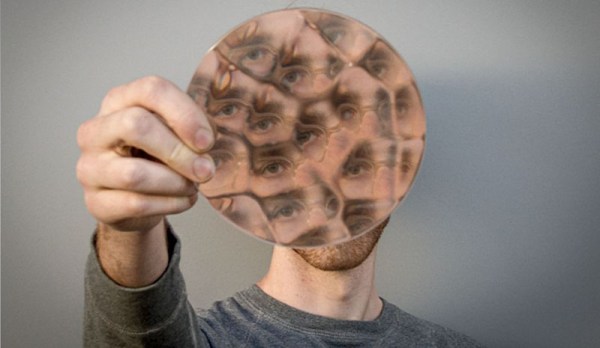
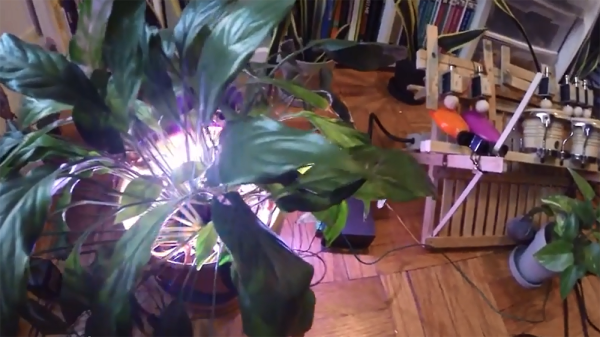

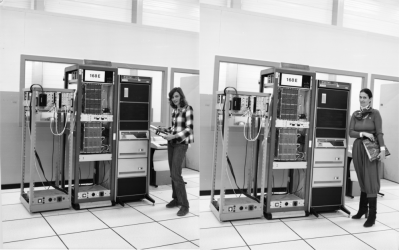


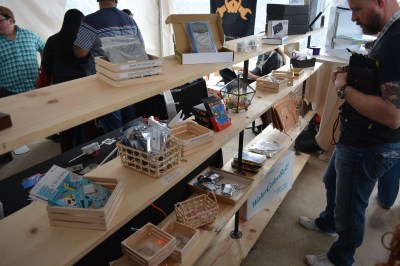 At SXSW Create in March the Hackaday booth was right next door one such establishment. [Martin Bogomolni] is hard at work launching his brick and mortar store called
At SXSW Create in March the Hackaday booth was right next door one such establishment. [Martin Bogomolni] is hard at work launching his brick and mortar store called 
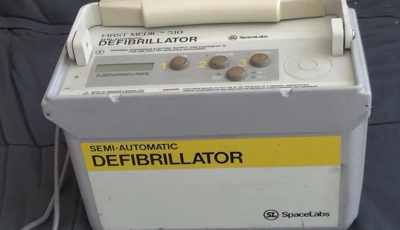 It’s safe to say we’ve all seen engineering solve part of this problem already. Over the last decade, Automatic External Defibrillators have become ubiquitous. The life-saving hardware is designed to be used by non-doctors to save someone whose heart rhythms have become irregular. [Chris Nefcy] helped develop AEDs and
It’s safe to say we’ve all seen engineering solve part of this problem already. Over the last decade, Automatic External Defibrillators have become ubiquitous. The life-saving hardware is designed to be used by non-doctors to save someone whose heart rhythms have become irregular. [Chris Nefcy] helped develop AEDs and 




